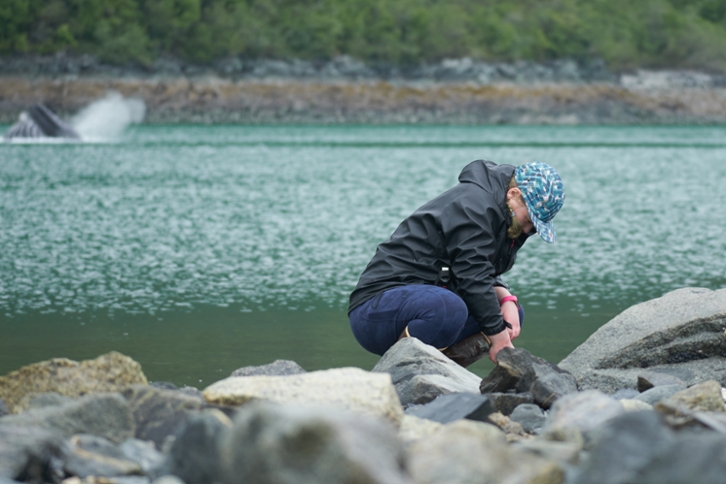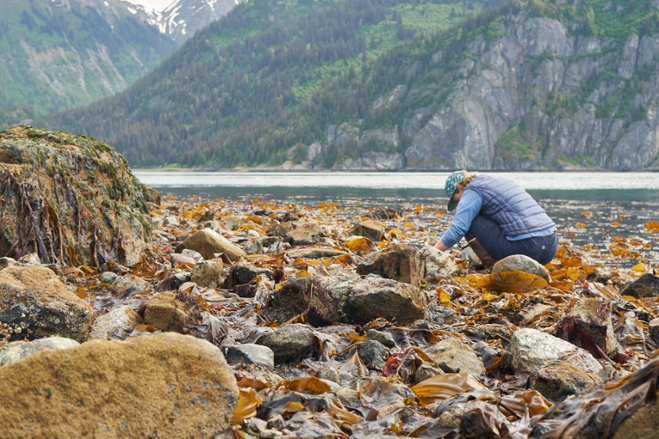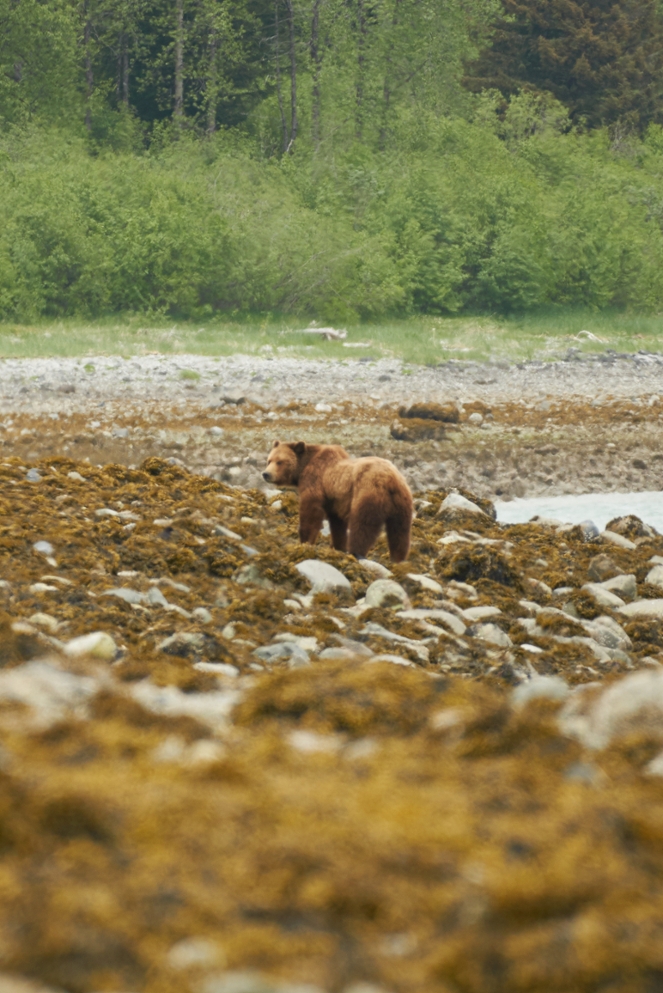Searching for Clams in Glacier Bay

Research Assistant Professor John Harley and undergraduate intern Kellie Blair traveled to Glacier Bay National Park to gain some insight into harmful algal blooms in the region. The pair collected butter clams to test for paralytic shellfish toxins that accumulate in shellfish during algal bloom events. These clams are an important diet item for humans and sea otters, and there is relatively little known about the presence of these toxins in the Bay. Harley is working on setting up a long-term monitoring program with the park to see when and where the blooms are occurring and if the bloom dynamics are shifting with the changing glacial landscape.
Learn more about John's research on shellfish toxicity in Alaska.



